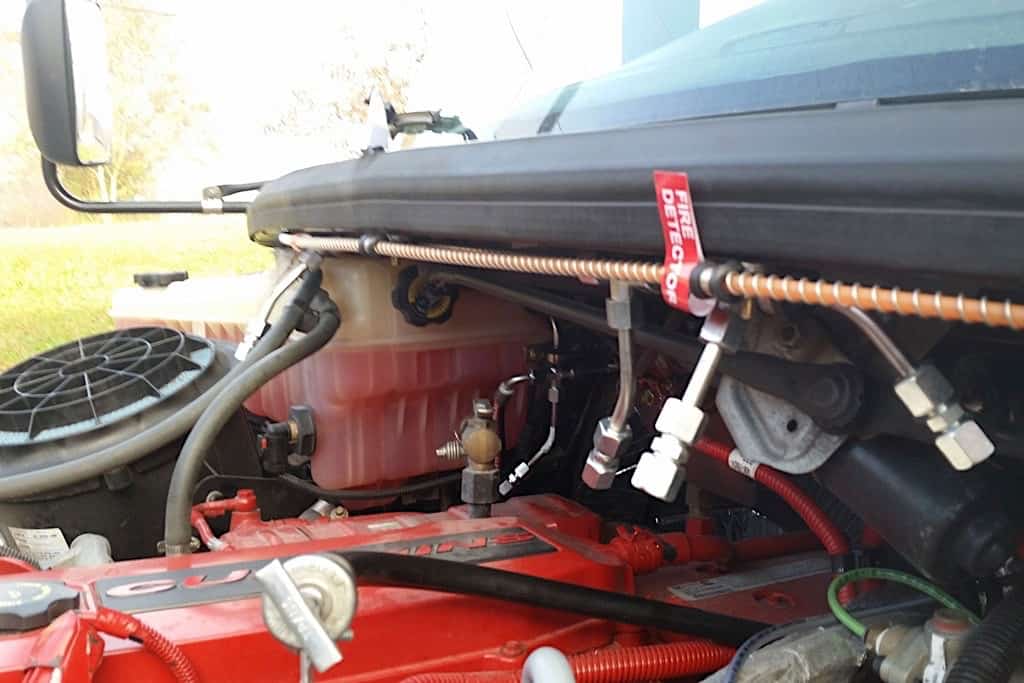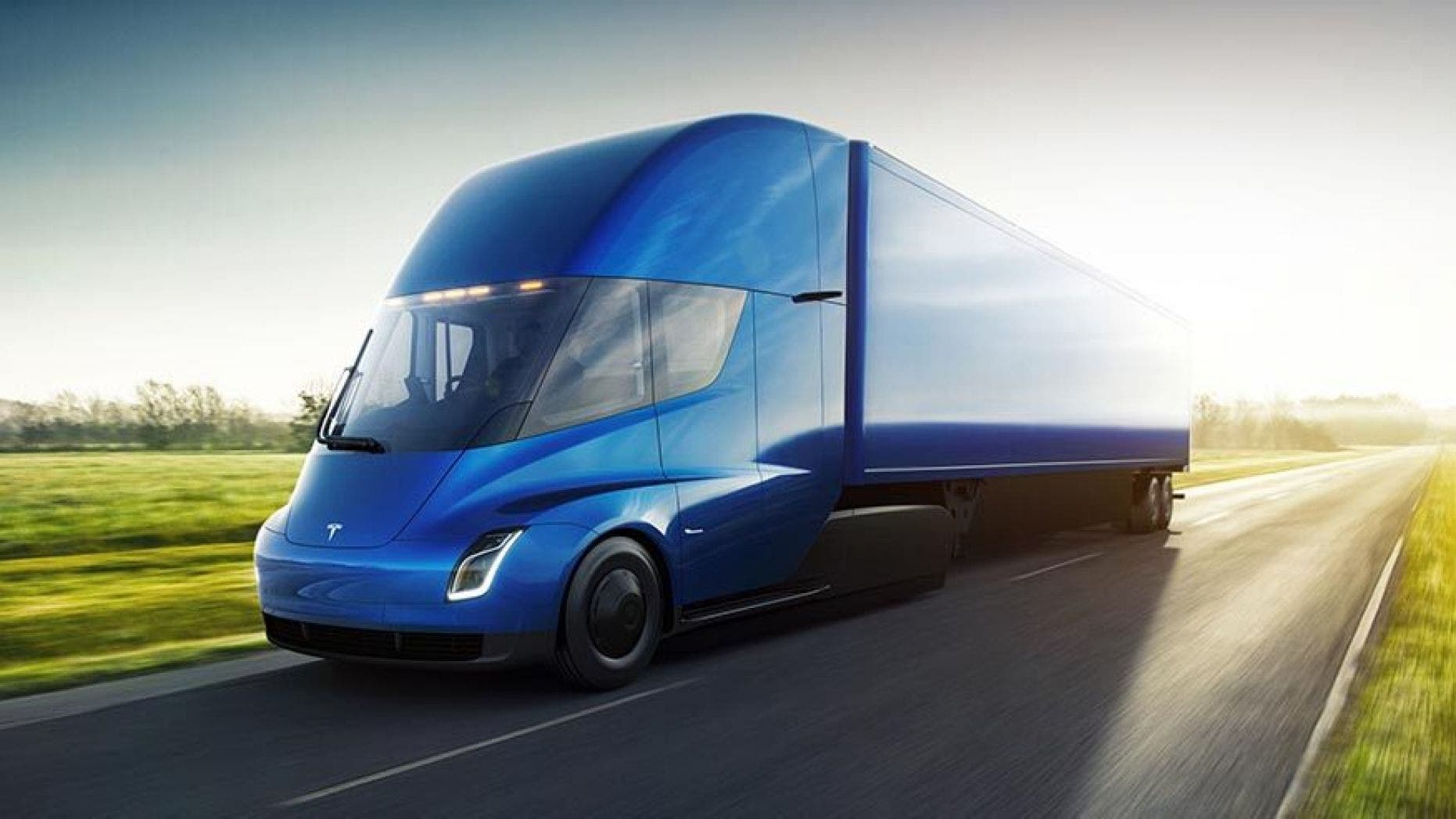I think it’s kind of interesting watching this segment developing electric busses. These are obviously short range affairs 190 kilometers or so. And obviously not that big of a battery as they mention level 2 AC charging of 8 hours overnight. My guess is they are probably using an 80 amp EVSE which would suggest about a 120 to 140 KWH pack. Some guessing here on my part. Still. Triple or quadruple the pack size and you have the makings of a Motorhome. I don’t the demand is there yet but still. Maybe down the road. Kinda interesting to follow the technology
Heres the article. Enjoy.
Blue Bird Delivers Its 400th Electric School Bus
Heres the article. Enjoy.
Blue Bird Delivers Its 400th Electric School Bus




